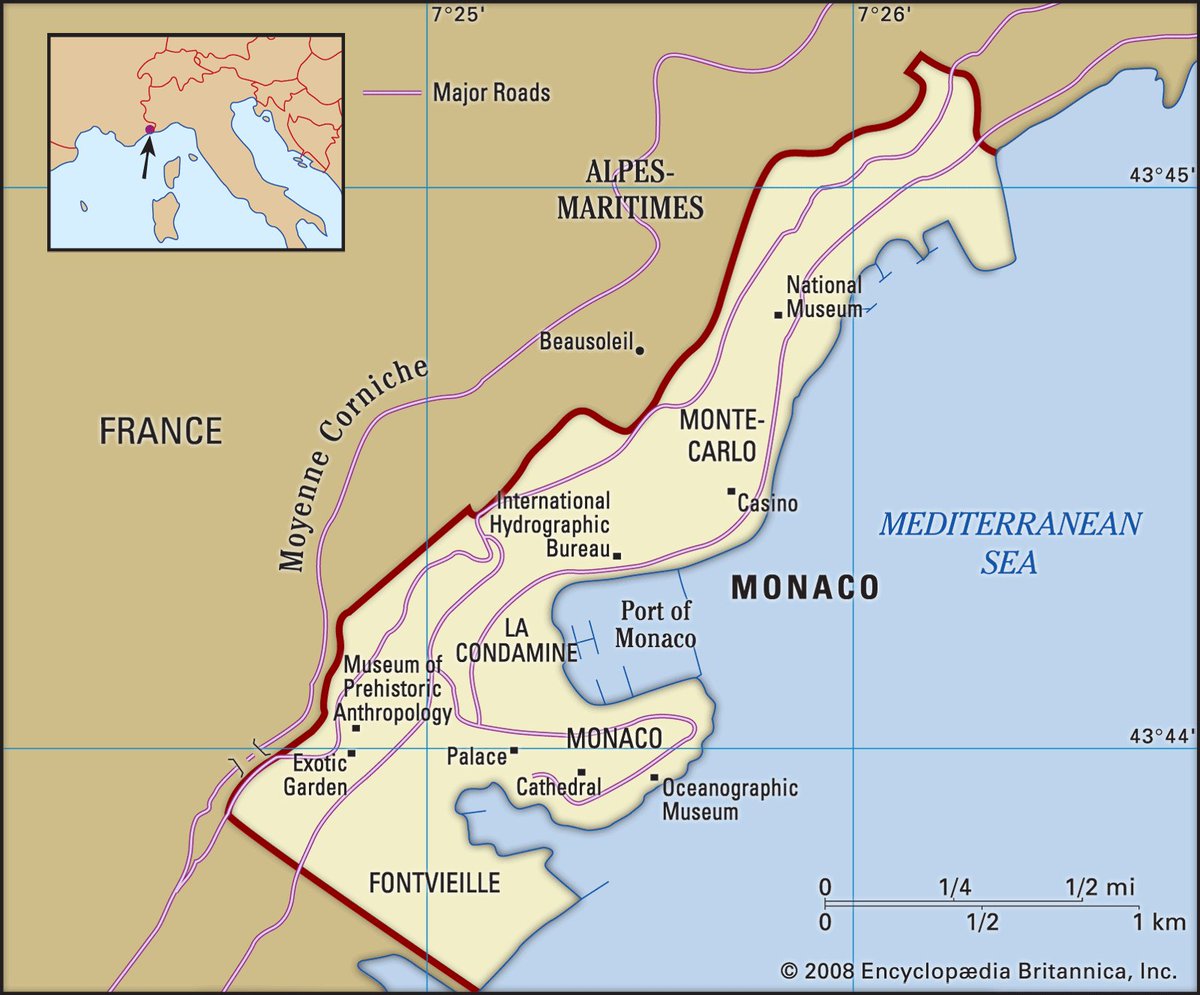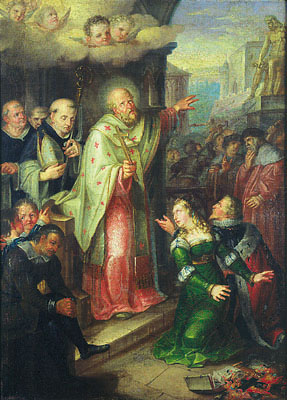
A rock, a civil war named after forgotten ancient rivalries and a strategy straight out of the Trojan war to create one of the richest countries in the world.
Story in the evening ...
Story in the evening ...
https://twitter.com/Arby_K/status/1356429843278127104
On 8th January 1297, a group of monks came to a castle build on a rock by the sea in Republic of Genoa. Once they were let in, they took out their swords, killed the guards and seized the castle. The "monks" were led by Francesco Grimaldi. 1/10 

Francesco and his cousin Raniero had been exiled by the ruling Ghibelline faction of Genoa. They were part of the Guelph faction and their ancestors had ruled Genoa as Consuls. The War of Guelphs and Ghibellines had originated in a different country over a different cause. 2/10 

In the 12th century, the House of Welf had battled with the Hohenstaufens for supremacy in the Holy Roman Empire. Though the Hohenstaufens won the war, they had died out by 1268, while the Welf had been weakened considerably. Still the war retained a presence in Italy. 3/10 

The Guelph, modified form of Welf, represented the papal faction, while the Ghibelines represented the imperial faction. The Grimaldi received the support of Charles d'Anjou, King of Naples and Count of Provence, who managed a peaceful return of the castle to Genoa in 1301. 4/10 

Francesco died childless and his cousin (and step son) Raniero spend his life fighting for the French leading them to victory at Zierikzee against Flanders. He also held couple of lordships in Normandy and Provence, both in France. 5/10 

In 1331, Raniero's son, Carlo, recaptured the rock and ruled till his death in 1357. But soon after that, the Genoese besieged the castle and retook it. The next few decades would see the castle change hands between Genoa and the Grimaldi. 6/10 

In 1419, the Grimaldi finally gained hold of the castle from Genoa permanently with Carlo's grandson, Jean, becoming the sole ruler. Monaco was formally recognized as a sovereign principality in 1641 by France. 7/10 

The Grimaldi family of Monaco died out with Princess Louise in 1731, after which her husband Jacques Goyon de Matignon became the Prince. The new Prince preferred life in Paris and his Paris residence, Hôtel Matignon, is currently the residence of the French Prime Minister. 8/10 

The new Prince would be forced to abdicate in his son's favour in 1733. France would briefly annex Monaco during the Revolutionary Period. But it is in the latter half of 19th century that Monaco would flourish economically; led by Prince Carlo and his mother, Caroline. 9/10 

France would retain considerable influence in Monaco, especially in 1918 overseeing the inheritance by Princess Charlotte, born illegitimate to Prince Louis, over her legitimate (but German) relative, Wilhelm von Urach. 10/10 

• • •
Missing some Tweet in this thread? You can try to
force a refresh














